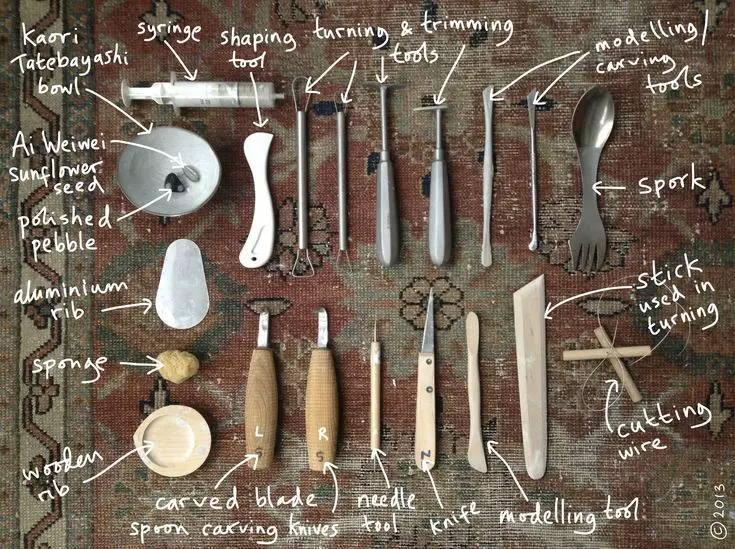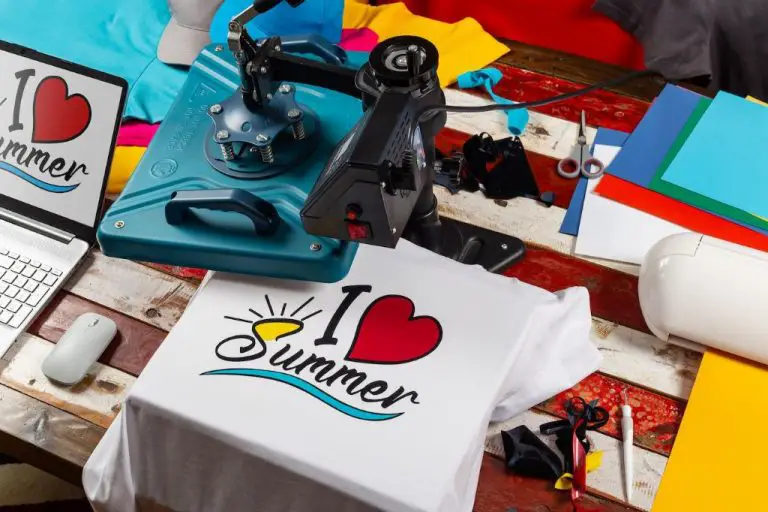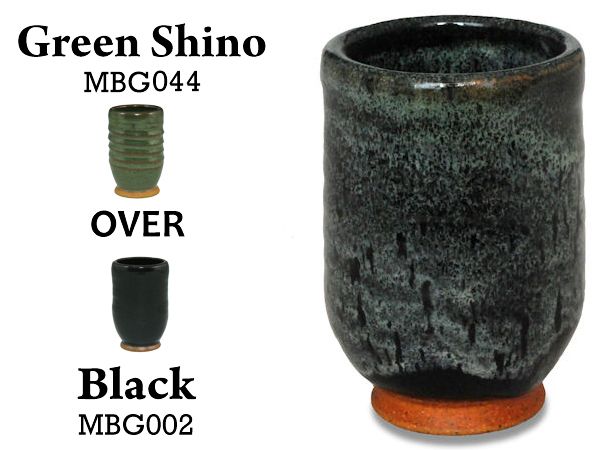What Do I Need To Start A Pottery Studio?
Deciding on Your Studio Space
One of the most important early decisions when starting a pottery studio is determining what type of space you will operate out of. There are a few main options to consider:
Home Studio: Converting a garage, basement, or spare room in your home into a studio is often one of the most budget-friendly options. This allows you to get started with lower overhead costs and less financial risk. However, you may face zoning restrictions and will need to invest in extra utilities and ventilation (Homestead Pottery).
Rented Space: Renting a retail or warehouse unit is another common starting point. While costs are higher than a home studio, a rented space allows you to have a separate professional location in a commercial area with the proper zoning. Be sure to factor in lease terms, required renovations, and accessibility (The Pottery Wheel).
Buying Commercial Property: Purchasing your own freestanding building provides long-term stability but requires significant upfront investment. This option allows the most customization yet can be costly to purchase and renovate. Consider ongoing expenses like property taxes and maintenance as well (CeraSpace).
When weighing your options, be sure to research all applicable regulations, permitting requirements, and expected utility costs for operating a pottery studio based on your location and type of space.
Obtaining Funding
There are several options for obtaining the funding needed to start a pottery studio. The estimated costs can range from $10,000-$100,000 depending on the size and scope of the studio.
Self-funding from personal savings is one option. This avoids taking on debt, but requires having a large amount of existing capital to invest. According to StarterStory, most entrepreneurs self-fund their ceramic studio startup costs.
Small business loans are another common route. These often require a good credit score and solid business plan. The U.S. Small Business Administration offers several small business loan programs that may assist pottery studio startups.
Crowdfunding through sites like Kickstarter or Indiegogo can help raise startup funds from the community and future customers. Grants from arts foundations and government agencies are also sometimes available for certain locations, demographics, or public programs.
When estimating startup costs, be sure to account for equipment like kilns, wheels, glazes, and tools which can range from $10,000-$30,000. Other expenses are studio rent/build-out, marketing, insurance, payroll, clay materials, and general operating costs which on average total $15,000-$50,000.
Gathering Supplies and Equipment
Some of the key supplies and equipment you’ll need to start a pottery studio include:

Wheels
A potter’s wheel allows you to efficiently shape symmetrical pots. You can choose between electric, kick, and treadle wheels. Electric wheels offer consistency, while kick wheels are more affordable. Consider getting at least one wheel to start. Source
Kilns
Kilns allow you to permanently harden clay objects through firing. Small electric kilns are common for home studios. Make sure to get one that reaches the temperature needed for your desired clay type. Ventilation is also important. Source
Clay
Choose an appropriate clay for your skill level and desired objects. Stoneware and porcelain are common. Consider variables like plasticity, firing temperature, color, and texture. Buy clay in bulk to save costs. Source
Tools
Basic hand tools include ribbers, trimmers, cutters, and loops. Sponges, bats, and wires help with shaping and moving. Invest in quality tools suited for detailed work. Source
When starting out, consider buying used equipment to save costs. However, make sure older kilns and wheels are still functional and safe.
Establishing Your Business
Choosing the right business structure is an important first step when starting a pottery studio. The most common options for small businesses are sole proprietorship, partnership, LLC, or corporation. You’ll need to consider factors like liability protection, taxes, and paperwork requirements when deciding on a structure. Registering your business makes it official – you’ll need to choose and register a business name, obtain tax IDs, and follow your state’s registration requirements. This guide provides a helpful overview of the process.
Don’t forget about licenses and permits – most pottery studios need a general business license as well as permits related to zoning, building codes, and sales tax. Product liability insurance is also essential to protect yourself in case of lawsuits or claims. Check with your state and local municipality to learn about specific licensing and permit regulations for pottery businesses in your area.
Creating a Business Plan
A comprehensive business plan is essential for securing funding, mapping out operations, and preparing for the future of your pottery studio. The key components of a pottery studio business plan include:
Executive Summary: This high-level overview covers the key details about your studio and its offerings. Briefly describe your vision, goals, location, products/services, target market, and projected growth and profitability. This section hooks readers and gets them excited about your studio.
Company Description: Provide background on when your studio was founded, ownership details, legal structure, and a mission statement. Explain your studio’s unique value proposition and competitive advantage. Elaborate on your product offerings and how they fulfill customer needs.
Market Analysis: Analyze the ceramic art market you are entering, including market size, growth trends, customer demographics and psychographics. Profile your competition and explain how you will differentiate. Show there is demand for your products/services.
Organization: Outline your management team and staffing needs. Create an organizational chart showing reporting structures and hierarchy. For each key role, list required skills and responsibilities.
Financial Projections: Provide estimated start-up costs and capital requirements. Create projected income statements, balance sheets, and cash flow statements for the first 3-5 years of operations. List key assumptions underlying the projections and important financial ratios.
For a comprehensive pottery studio business plan template, see: https://www.bplans.com/pottery-studio-business-plan/
Marketing Your Studio
Developing an effective marketing strategy is crucial for promoting your pottery studio and attracting customers. This involves defining your target audience, creating a brand identity, establishing an online presence, and finding opportunities to connect with the local community.
Start by thinking about who you want to sell your pottery to and tailor your messaging to appeal to that demographic. For example, are you targeting young professionals looking for home decor or retirees who want to take up a new hobby? This article has some great tips for identifying your ideal customers.
Next, focus on building your brand and establishing a cohesive visual identity across your website, social media, and any print materials. Your branding should communicate your studio’s unique style and sensibility. Using high quality photos of your work can help convey your brand aesthetic.
An eye-catching website and active social media presence are musts for promoting your wares in today’s digital world. Share works-in-progress and finished pieces on Instagram and Facebook to give customers a window into your creative process. Collaborating with local influencers and hosting giveaways can expand your reach. This article suggests great social media strategies for potters.
Get involved with your community by participating in local craft fairs, festivals, and gallery events. Networking with other artists and ceramic enthusiasts face-to-face is a great way to build relationships and gain exposure. Consider offering studio tours or workshops to bring customers into your creative space.
By defining your target audience, establishing a strong brand, harnessing digital marketing tools, and connecting with your community, you can build excitement about your pottery studio and reach art lovers near and far.
Setting up the Studio
The layout of your pottery studio is key to creating an efficient and enjoyable workspace. You’ll need room for equipment like pottery wheels, a kiln, slab roller, and extruder. Make sure to allow ample space around equipment for moving around comfortably and safely. Your studio should also have dedicated areas for working on projects, glazing, mixing clay, storing raw materials, storing finished pieces, and managing inventory if selling wares.
Consider workflow when designing your layout – group areas that will be used together in sequence. For example, position the wedging table near the wheel area. You may want your decorative glazing area separate from functional glazing. Ensure good ventilation, especially around the kiln area. Include adequate lighting throughout and extra task lighting for detailed work.
Maximize your space by building storage into the layout with floor-to-ceiling shelving, cabinets, and compartments for tools, materials, finished and unfinished work. Mobile storage like wheeled carts also help. Having a retail space will allow customers to browse finished pieces. This could be as simple as a corner with display shelves.
Make sure to design an accessible studio if you plan to host classes or have employees/customers with disabilities. Follow ADA guidelines like including wheelchair-friendly workstations and sink/wheel areas. Ramps, wide doorways, lever-style handles, and slip-resistant floors are some features that improve accessibility.
Safety and Compliance
Operating a pottery studio requires following proper safety procedures and complying with regulations in order to protect yourself, employees, and customers. Proper studio ventilation is crucial when working with clay, glazes, and other ceramic materials that can release harmful dust and chemicals. The Occupational Safety and Health Administration (OSHA) recommends installing local exhaust ventilation systems for each work station to capture airborne particles at their source.
In addition to ventilation, it’s important to have proper first aid supplies and be prepared for emergencies like fires or injuries. Know the emergency exit routes and have an evacuation plan. Also make sure to dispose of ceramic waste properly according to local regulations.
Be sure to follow all relevant building codes, business licenses, zoning regulations, and OSHA requirements for your area. For example in California, you may need to comply with Cal/OSHA standards for ceramics studios. Stay up to date on inspections and maintain proper documentation.
Creating a safe working environment and staying in compliance will protect your business and give customers peace of mind.
Finding Customers
There are several avenues to find customers for your pottery studio, depending on whether you want to target hobbyists or professional artists.
For hobbyists, offering classes and workshops is a great way to bring in business. Pottery painting parties are also popular, where groups can come for a fun artistic experience. Make sure to advertise these offerings through social media, local publications, and strategically placed flyers. Consider partnering with local businesses like wineries or restaurants to host events. Offer group discounts and packages to incentivize bookings. Building referral partnerships with schools, libraries, and community groups can also help fill classes (Source).
To attract professional and serious amateur artists, focus on providing high quality equipment, materials, and workspace that they can’t easily replicate at home. Advertise in arts publications and ceramic magazines, and network with local arts organizations. Consider offering memberships with 24/7 studio access and storage space for works in progress. Holding pottery shows or sales in your studio can help establish it as a destination for purchasing unique ceramic pieces (Source).
Make sure your studio has an online presence and ecommerce capabilities as well to open up sales opportunities to a wider geographic area. Social media can help spread the word and highlight your studio’s offerings.
Hiring and Managing Employees
A pottery studio will likely need to hire some employees to help run operations. Common positions include instructors to teach classes, salespeople to handle retail operations, and studio assistants to help with clay preparation, loading and unloading kilns, and cleaning the studio.
When hiring, look for candidates with pottery experience, strong customer service skills, and the ability to work both independently and as part of a team. Provide training on your studio’s specific equipment, classes, and policies. Have clear written policies for things like payroll, expected work hours, sick time, and general expectations. Use a payroll service or software to handle paychecks, tax withholding, and required filings.
To keep employees motivated, provide opportunities for them to grow and develop new skills. Recognize strong performance. Foster open communication and check in regularly on how things are going. Make sure employees understand studio goals and feel invested in operations. Provide constructive feedback to help employees improve. Overall, focus on hiring people aligned with your studio culture and create a positive work environment.



